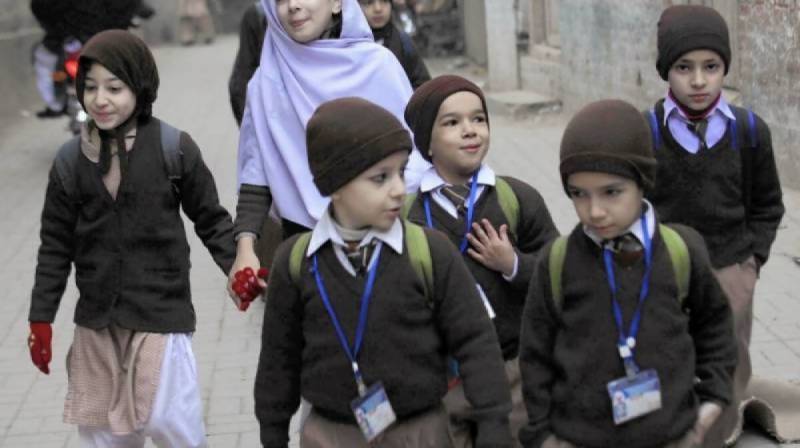Spend on schools
In 2018, January 24 was designated as the International Day of Education by the UN General Assembly to highlight the crucial role education plays in building peace and development. The theme of this year’s international education day ‘Learning for Lasting Peace’, emphasizes the former and aims to underscore education’s place as the foundation of a more just, peaceful and sustainable world. As per the UN, learning for peace is about imparting essential knowledge, values, behaviours, attitudes, and skills and thereby empowering future generations to serve as catalysts for peace. Pakistan does not do well when it comes to peace and, sadly, the same can be said when it comes to education. This year’s theme would appear to suggest that the two problems are linked and that the former may well be the result of the latter. This would fit the pattern of the country’s most unstable conflict-prone areas often also being its most neglected in terms of education and other public goods. Viewed from this perspective, our ongoing resurgence in terrorist attacks has as much to do with political and security-related missteps as it does our government’s chronic inability to provide the services it is constitutionally obliged to on a widespread and reliable basis.
Sadly, new reports indicate that, at least as far as education is concerned, the state might be heading backwards. According to the Pakistan Education Statistics Report 2021-22, the number of out-of-school children in the country has risen to over an estimated 26 million. To put this number into perspective, the UN claims that there are around 244 million children and adolescents not in school, which would mean Pakistan alone accounts for around 10 per cent of the global total. Pakistan already had around 20 million out-of-school children before Covid-19 and the 2022 floods and the education statistics report appears to back the claims that these crises only compounded the shortcomings in the education sector.
These crises and a tremendous’ youth bulge’ call for drastic increases in education spending. However, the state does not appear to have gotten the message, with current education spending a mere 1.7 per cent of GDP, which is reportedly the lowest in the region. Although Pakistan’s gross tertiary school enrollment has risen from around two per cent at the beginning of the century to an estimated 13 per cent as of 2021, this is much lower than countries like India and Bangladesh, with 32 per cent and 23 per cent gross tertiary school enrollment respectively. Small wonder that these countries are now leaving us further and further behind in pretty much all facets.
If we are to ever catch up, education will have to become a bigger priority among our leaders and this has to be reflected in how much they are willing to spend on it. Aside from more political will, better education outcomes will also necessitate fundamental changes in how things are done in Pakistan. While devolving education to the provinces was in theory a good idea, a highly centralized fiscal system leaves the provinces ill-equipped to carry out this crucial task. Pakistan has a highly diverse population and a top-down, one-size-fits-all approach, arguably embodied by the PTI government’s SNC, is the last thing the country needs. However, ensuring that a more inclusive approach is possible will not happen unless the country builds on the de-centralization initiated by the 18th Amendment by giving provinces and local governments a bigger voice and a bigger piece of the pie.




